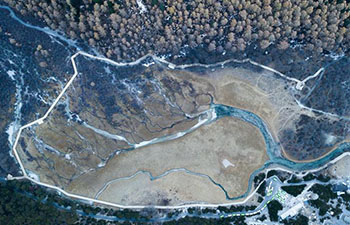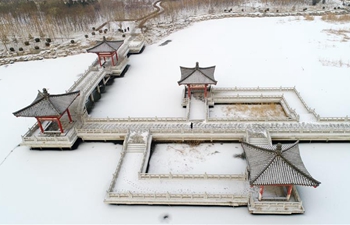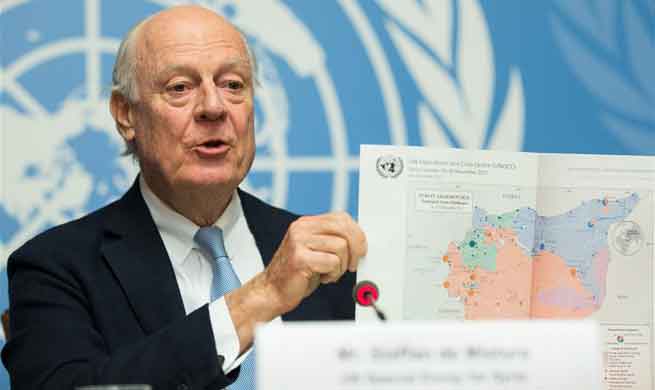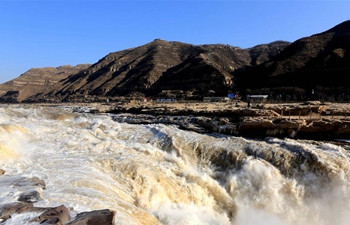NAY PYI TAW, Dec. 15 (Xinhua) -- Myanmar has announced the successful completion of 2014 population and household census, with reports now available to data users at home and worldwide.
Marking the completion of the census in Nay Pyi Taw on Thursday, First Vice President U Myint Swe pledged that the government will continue to work toward publishing the remaining data from ethnicity list in the census.
The main result of the 2014 census was released in May 2015, registering a total population of 51.5 million, including estimates for areas not enumerated in Rakhine, Kachin and Kayin states.
Of all the population, 51.8 percent were female and 48.2 percent were male, with urban population accounting for 30 percent and rural population taking up 70 percent.
Half the population is under age 27 but the proportion of children has started to fall. The average number of children per woman has declined to 2.3 from 4.7 in 1983.
Life expectancy at birth, 66.8 years, has improved but is still one of the lowest in Southeast Asia, said the report, adding that female's life expectancy is six years longer than male's.
Infant and under-five mortality rate are high nationwide registering 62 and 72 per 100,000 live birth respectively and nearly twice as high in some states as in others.
Almost 90 percent of adult male and 50 percent of adult female are literate.
Some 85 percent of adult males and 50 percent of adult females are in the workforce, while unemployment is 4 percent.
Yangon stands as the most populated region with over 7.355 million accounting for 14.3 percent, and the least populated state is Kayah state with 286,738 accounting for 0.6 percent.
Myanmar's new capital of Nay Pyi Taw has a population of 1,158,367 accounting for 2.3 percent of the total population.
The results also showed that there are 76 persons per square km in the country.
The most densely populated region is Yangon with 723 people per square km while the least densely populated state is Chin with 13 per square km.
The 2014 census was considered as contributing to Myanmar's national planning to help identify gap and pinpoint need for infrastructural and social services.
Participated by 120,000 school teachers, Myanmar held a 12-day national census in March to April 2014, the first in three decades, collecting 98 percent of the current population.
The country's first population census, conducted in 1872, showed a population of 2.7 million, while the second one in 1983 registered 35.3 million.

















